
Sight, smell, sound, taste, and touch; sensory gardens are designed to stimulate as many of the five senses as possible, resulting in a space that sparks imaginations, regulates emotions, and boosts well-being. So, how to create a sensory garden of your own?
A sensory garden does exactly what it says on the tin. It is designed in such a way as to get us thinking about each of our senses, helping to calm and centre us in the process. Which, considering how busy our lives are, is no small feat.
This emotive garden trend demands we focus on the sounds and scents of our outdoor space, too – a huge RHS Chelsea Flower Show highlight of 2024. Here are the essential ingredients to ensure your garden appeals to all the senses.
How to create a sensory garden – 5 essential tips
"Sensory gardens are a fantastic way to immerse yourself in the wonders of nature while charming local wildlife," says Sean McMenemy of Ark Wildlife."Imagine a garden that dances with colour, sings with sounds and invites you to explore through touch and scent – this is the magic of a well-crafted sensory garden idea."
He adds: "Sensory gardens are especially valuable for children, older people, those with learning disabilities, and individuals managing physical or mental health challenges. Plus, they can be designed to delight pets and local wildlife, making them a welcoming haven for everyone involved."
1. Sight
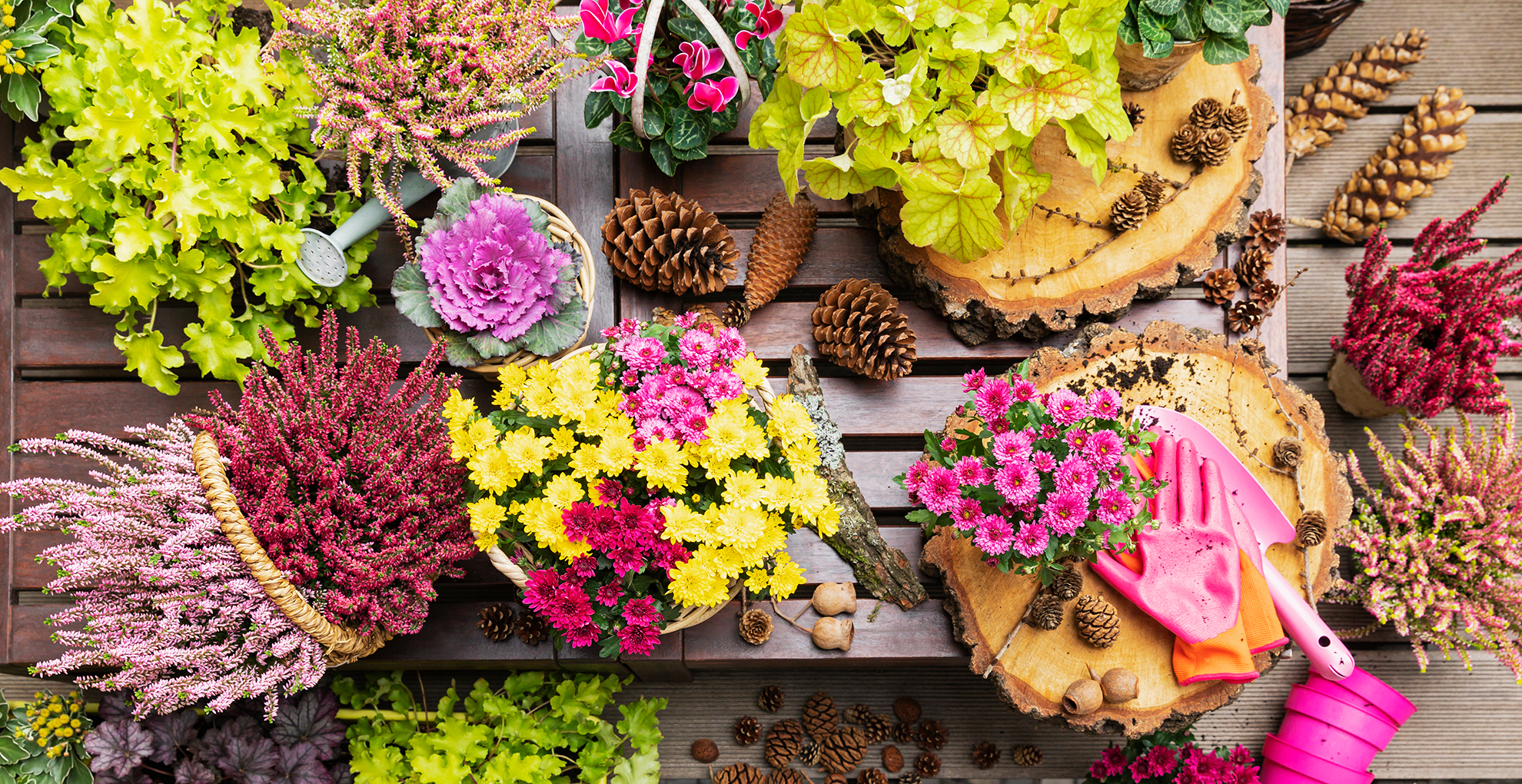
When it comes to creating a sensory garden, sight is the star of the show.
"Picture a canvas splashed with vibrant hues – bright marigolds, deep purple irises and the golden glow of sunflowers," says Sean. Think of late summer flowers and evergreen alluring plants to liven up your garden.
"Incorporate a variety of shapes and sizes to keep the visual interest alive, whether that's ornamental grasses that sway with the breeze to add movement, or striking sculptures or whimsical garden gnomes provide playful focal points."
"Don’t forget the magic of reflections," he adds, noting that a sparkling water feature or a sun-dappled mirror can catch the light and cast enchanting glimmers across your sensory garden space.
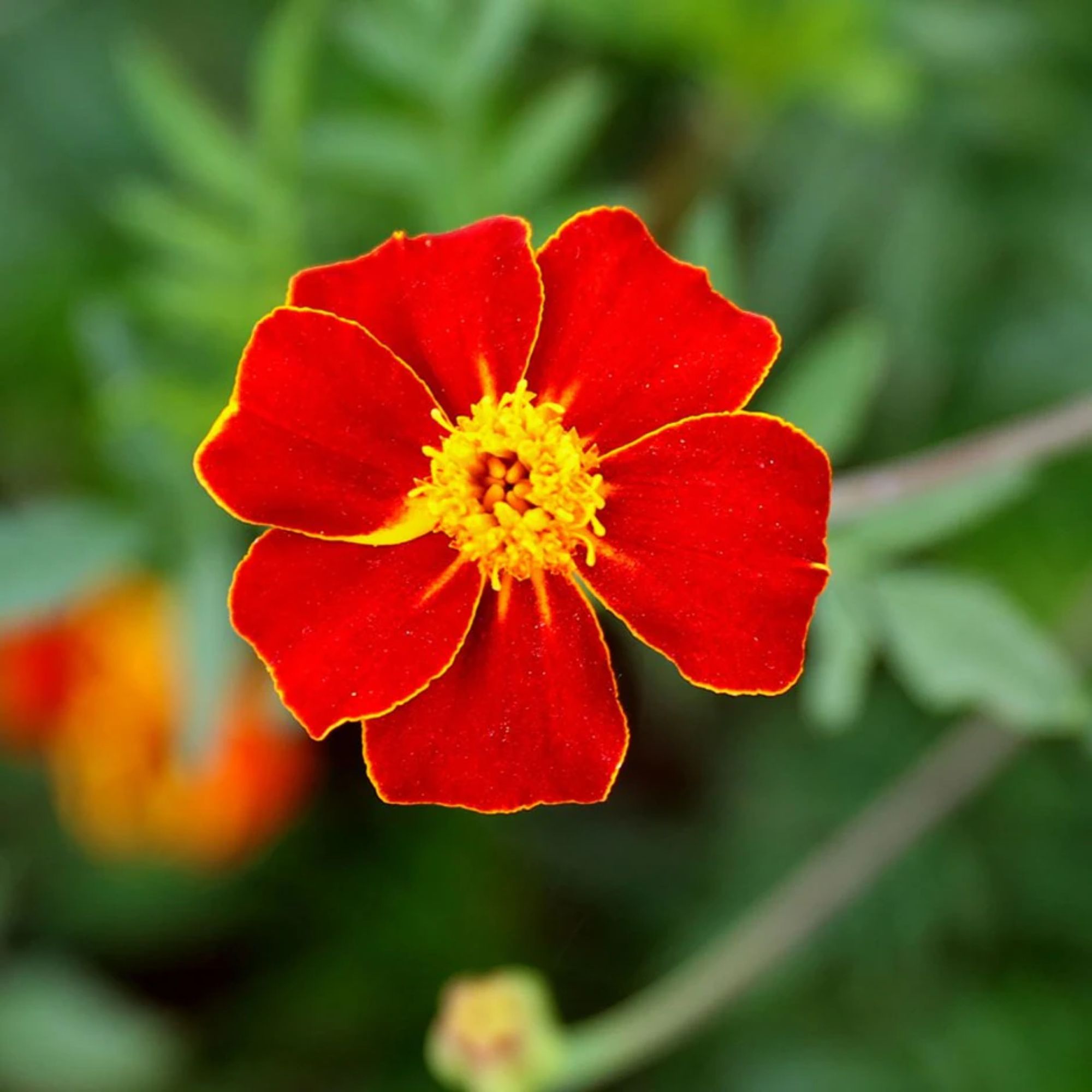
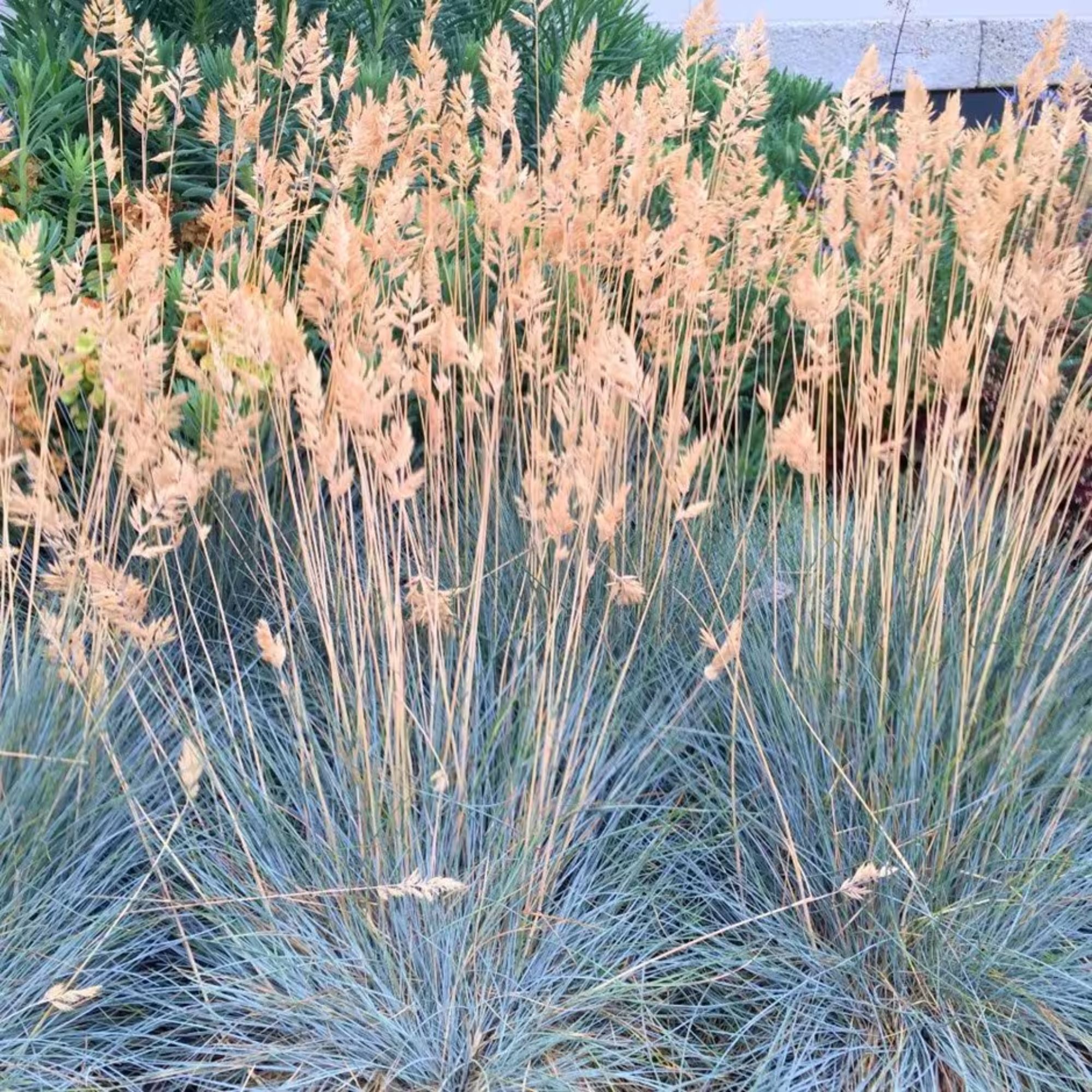
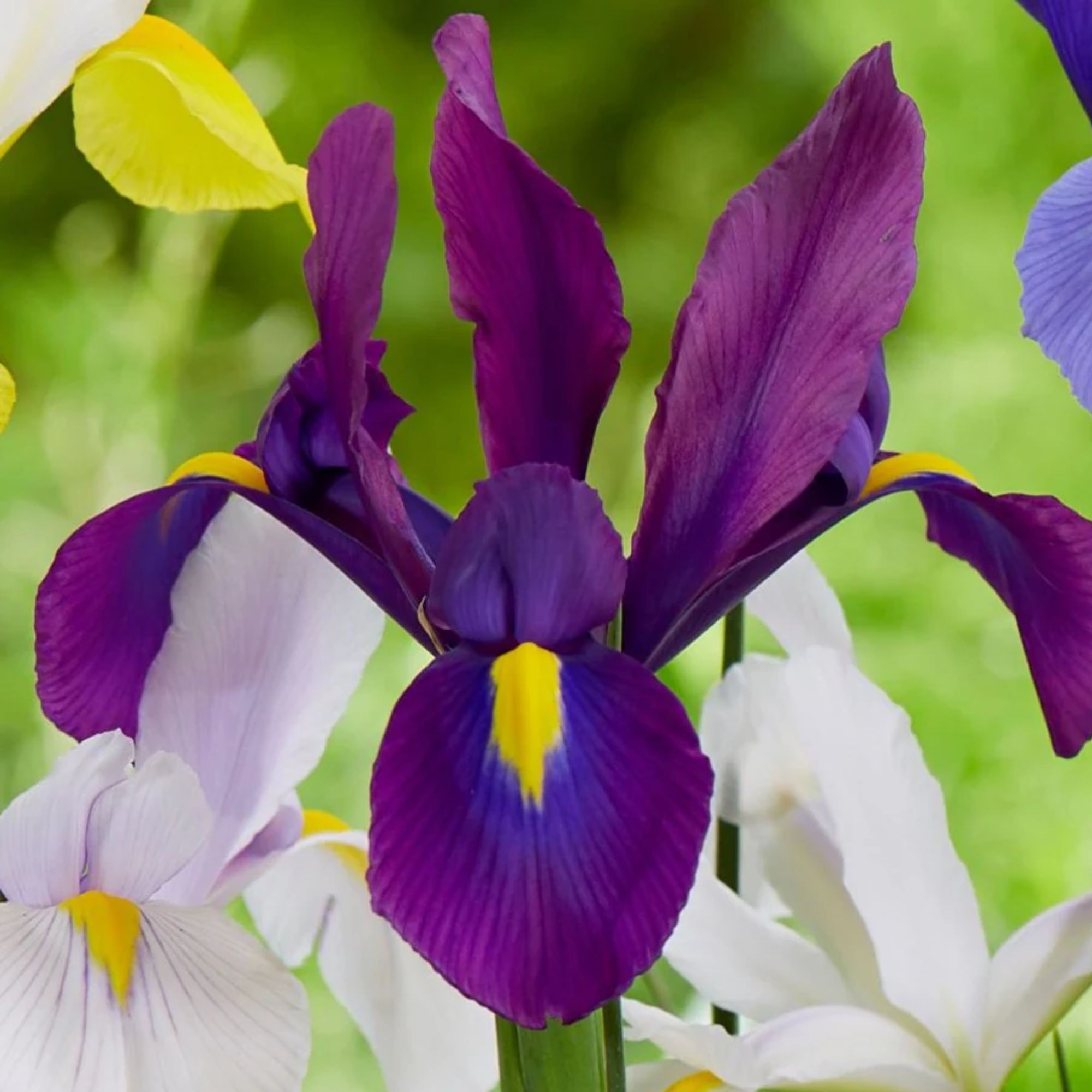
2. Sound
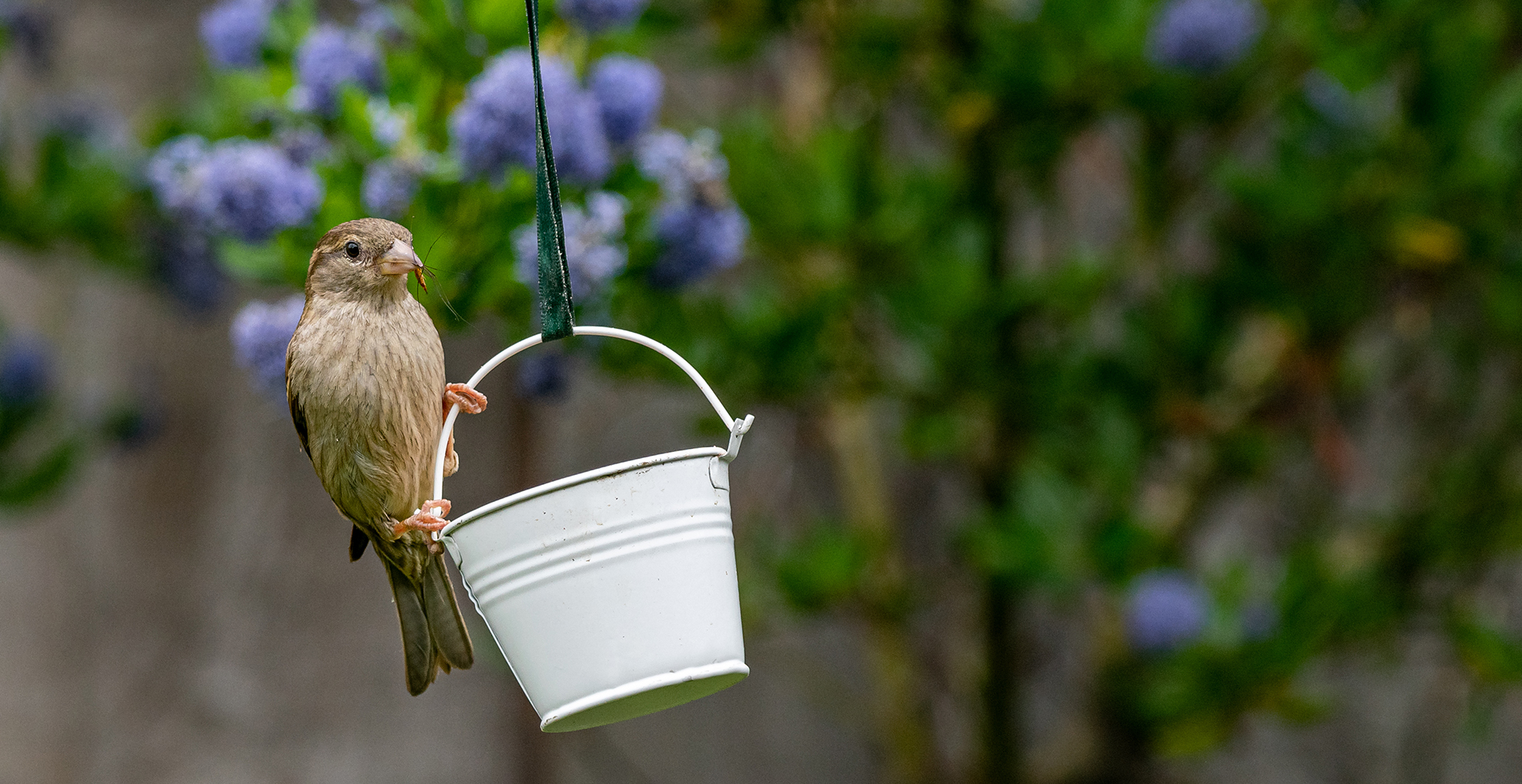
Next on the sensory garden checklist is, of course, sound; you want to create an auditory experience for anyone wandering through your outdoor space.
"You could hang bird feeders to attract a variety of birds to your garden, filling your garden with their cheerful songs and natural melodies," suggests Sean, "or add features like wind chimes can create a gentle, tinkling symphony that enhances the auditory experience."
These sounds will contribute to the garden’s charm and create a serene, lively atmosphere. Consider attracting birds that eat slugs to act as a natural pest control solution to keep pests at bay.
3. Scent
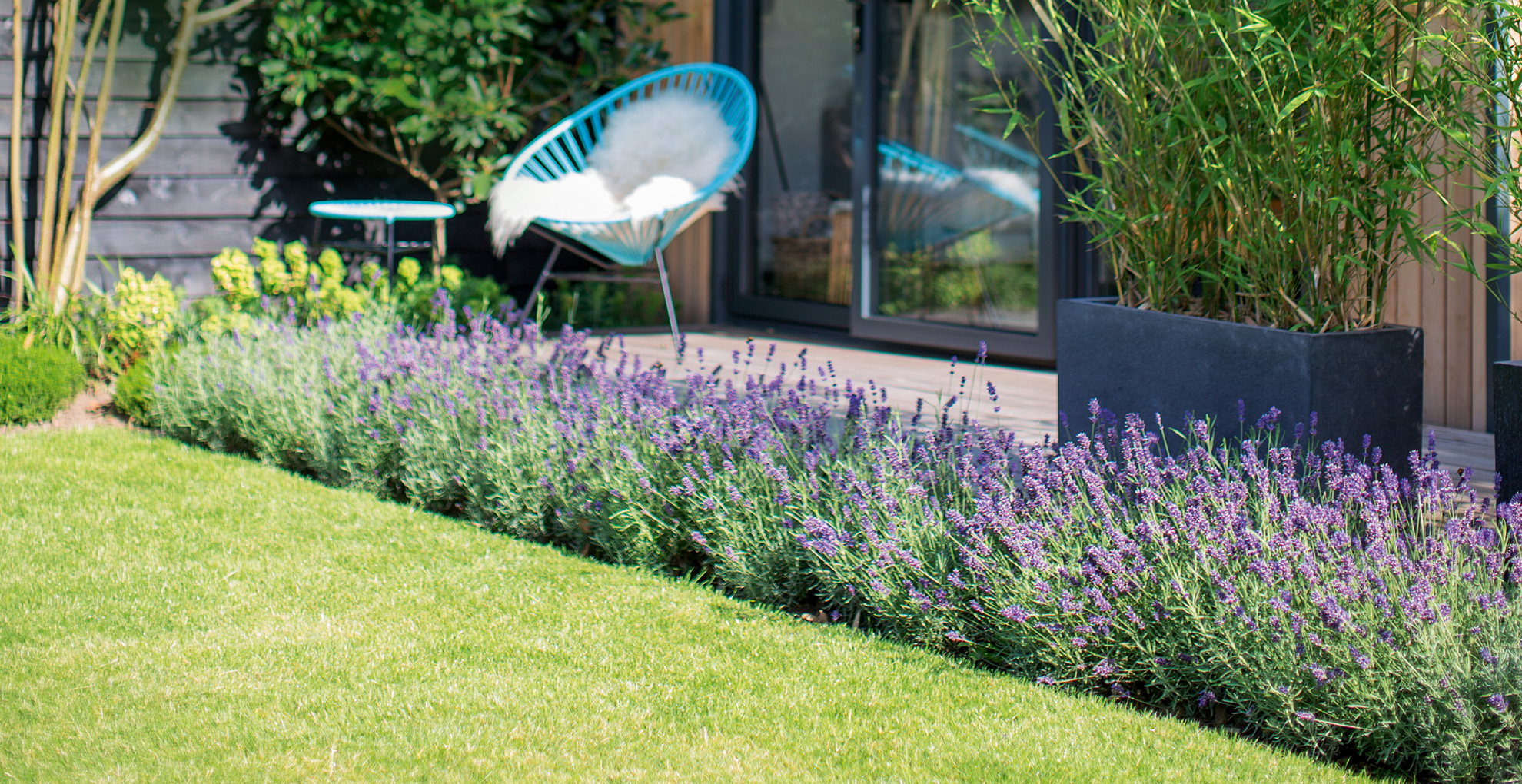
Plants to make your garden smell nice are key when appealing to the senses. Whether it's roses, lilac, or some other perfumed flower, you want to make sure your sensory garden is as beautiful to sniff as it is to look at.
"Plant fragrant flowers such as lavender and honeysuckle to infuse the air with their sweet aromas, attracting butterflies and bees," advises Sean.
"Incorporate herbs like rosemary and mint, which release their invigorating scents when touched."
Sean adds that "every breeze will carry a hint of nature’s finest fragrances, turning each visit into a sensory indulgence".
4. Touch
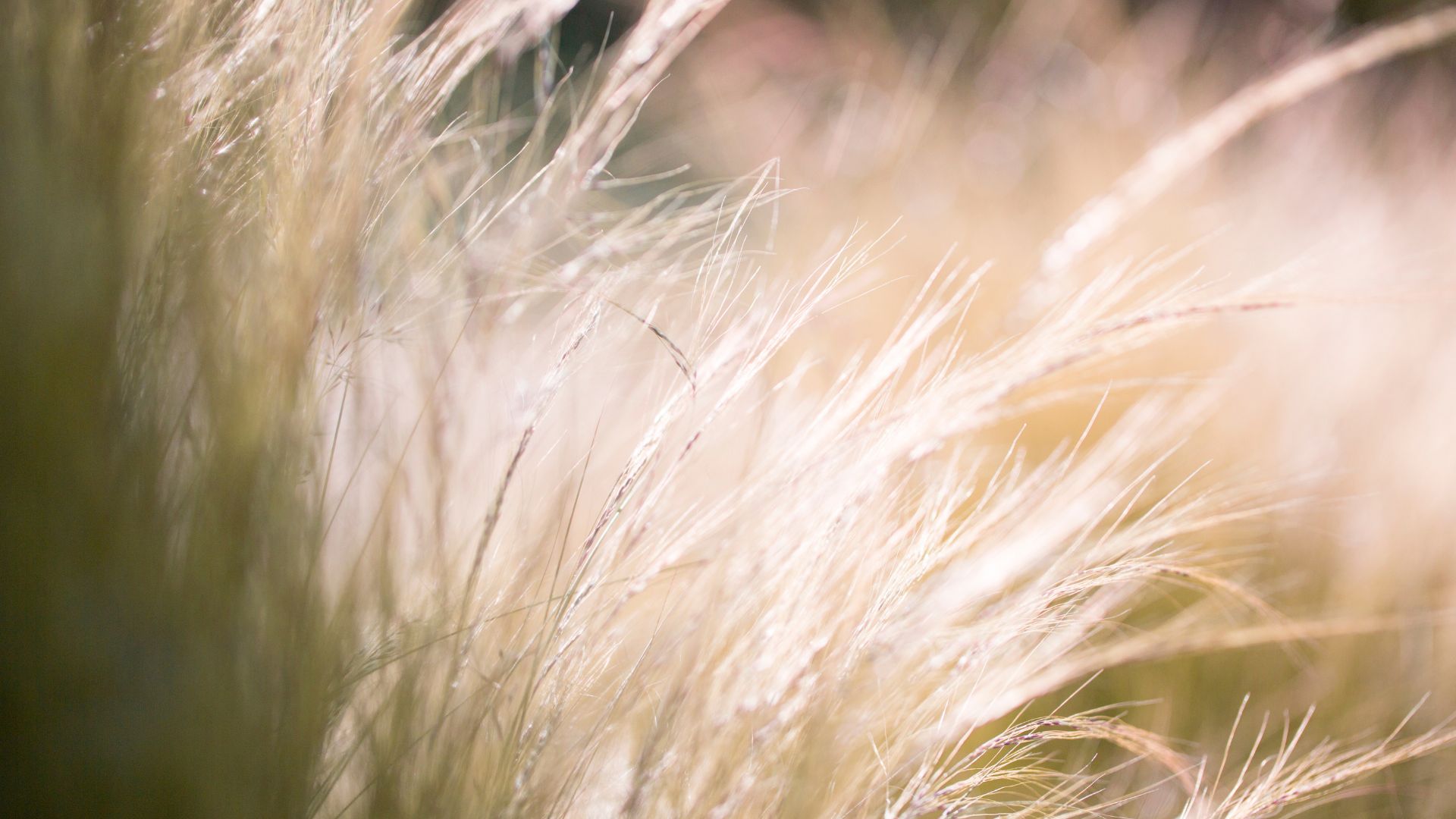
Ideally, you want to ensure your sensory garden is a tactile experience for visitors. To do this, Sean says you should "choose plants with varying textures, such as the soft leaves of lamb’s ear or the rugged feel of bark against your fingertips".
"Create touch stations with different materials, like smooth pebbles or sandy areas, to engage the sense of touch," he adds.
David Glass, Head Gardener at Bowood House & Gardens, says, "Texture plays a big role in a sensory garden. Include a mix of soft, furry plants, tickly grasses and contrasting surfaces like smooth pebbles or rough bark."
He adds, "Foliage like lamb’s ear (Stachys byzantina), bunny tail grass, and nepeta invite touch, while gnarled bark from trees such as oak or the smoother trunked birch adds another layer of interest."
David also points out that you should double-check that all the plants are safe for any curious children you may have at home or visiting.
5. Taste
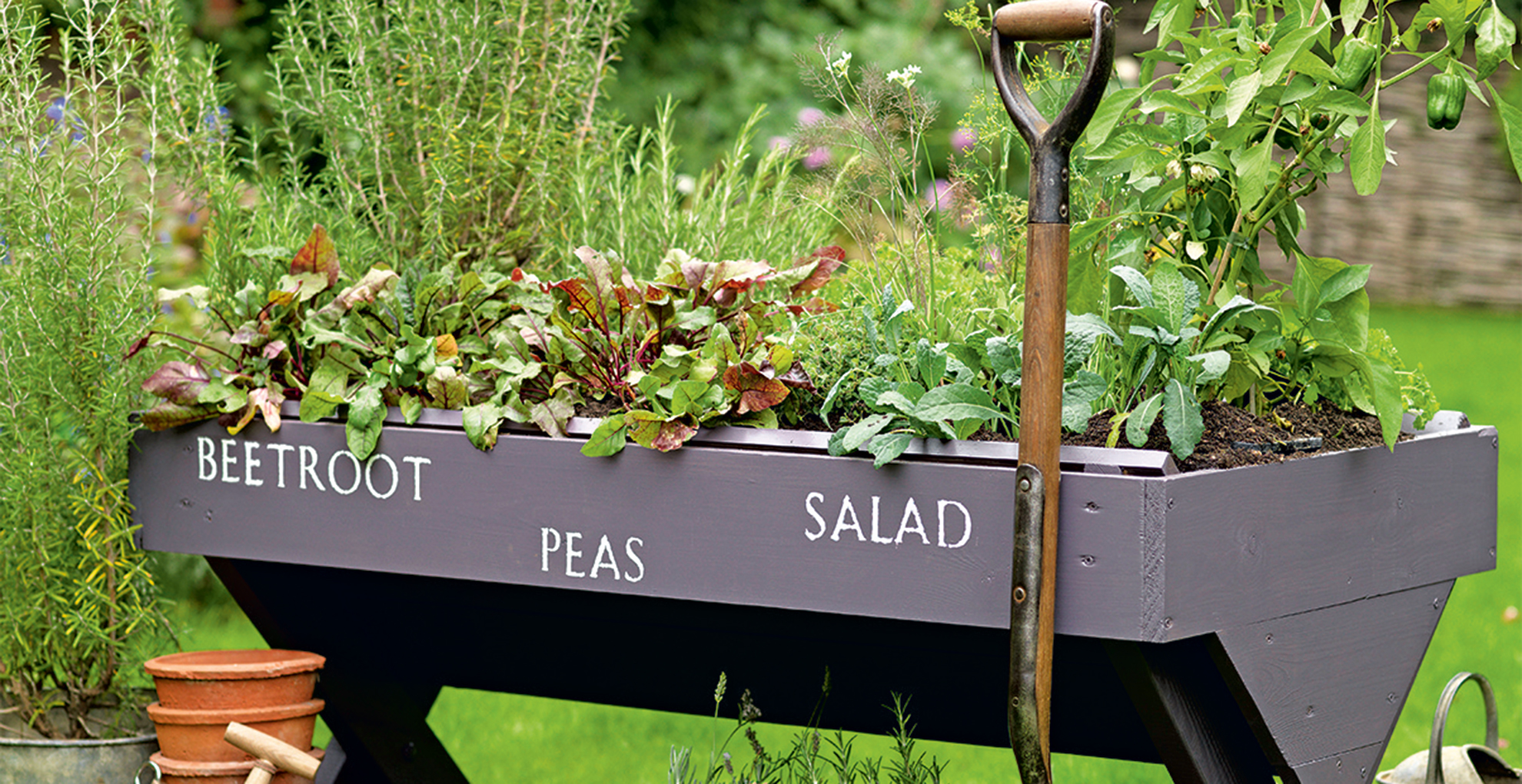
Finally, but by no means least, your sensory garden should taste wonderful, which means, yes, you'll likely want to check out our ultimate guide to vegetable gardening for beginners.
"Add a flavourful dimension to your sensory garden by growing edible plants that you can taste and enjoy, taking care to include herbs like basil and chives, and vegetables like tomatoes and strawberries," says Sean.
"This not only enriches the sensory experience but also allows you to savour the fruits of your labour. Fresh, homegrown flavours bring an extra layer of satisfaction to your garden."
FAQs
How do you make a sensory garden?
It's actually quite easy to make a sensory garden, so long as you remember that there's more to a planting scheme than visuals. Instead, you want to trigger all five of the senses: sight, sound, taste, touch, and scent.
To do this, you can plant perfumed flowers, hang windchimes above garden paths, grow edible treats, and opt for highly textured plants, as well as your usual array of pretty blooms.
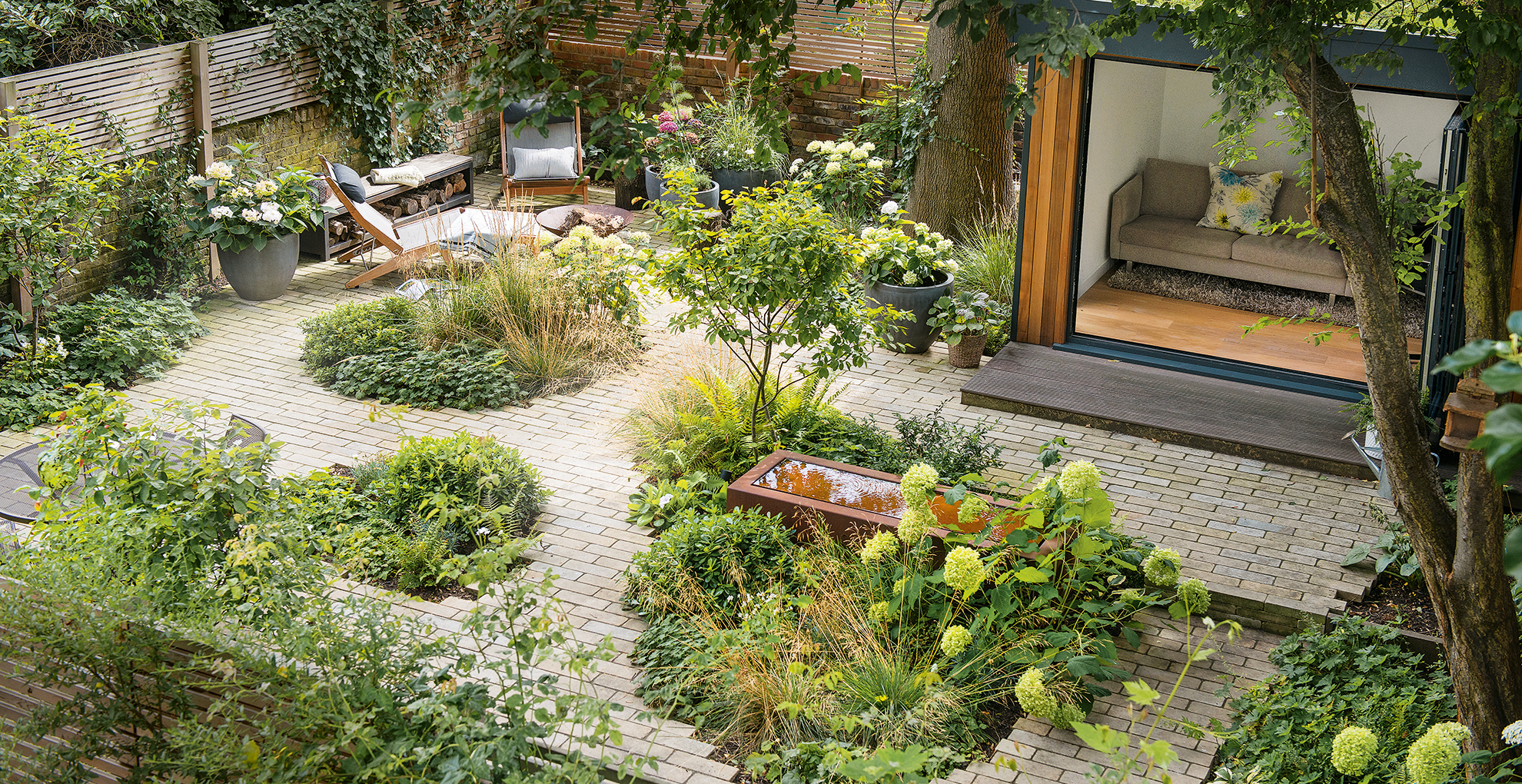
What sounds make a sensory garden?
One of the trickier elements of a sensory garden is sound, but it's easier than you think to incorporate it into your outdoor space. Try hanging windchimes, attracting songbirds with bird feeders, setting up a water feature, or even planting something like bamboo for that distinctive sound of wind rippling through the canes.
Nature’s soundtrack is proven to support mental wellbeing, helping us feel calmer, more mindful, and more connected to the world around us. Wildflowers like poppies, cornflowers, and oxeye daisies don’t just add colour; they invite wildlife in, creating a feel-good, mood-boosting atmosphere that’s soothing for the soul," explains Dr. Emily Lambert, conservation scientist and co-founder of Seedball.
Choosing plants for pollinators and learning what food you can and cannot leave out for wildlife will speed up the process and have your garden buzzing in no time.
What plants are good for a sensory garden?
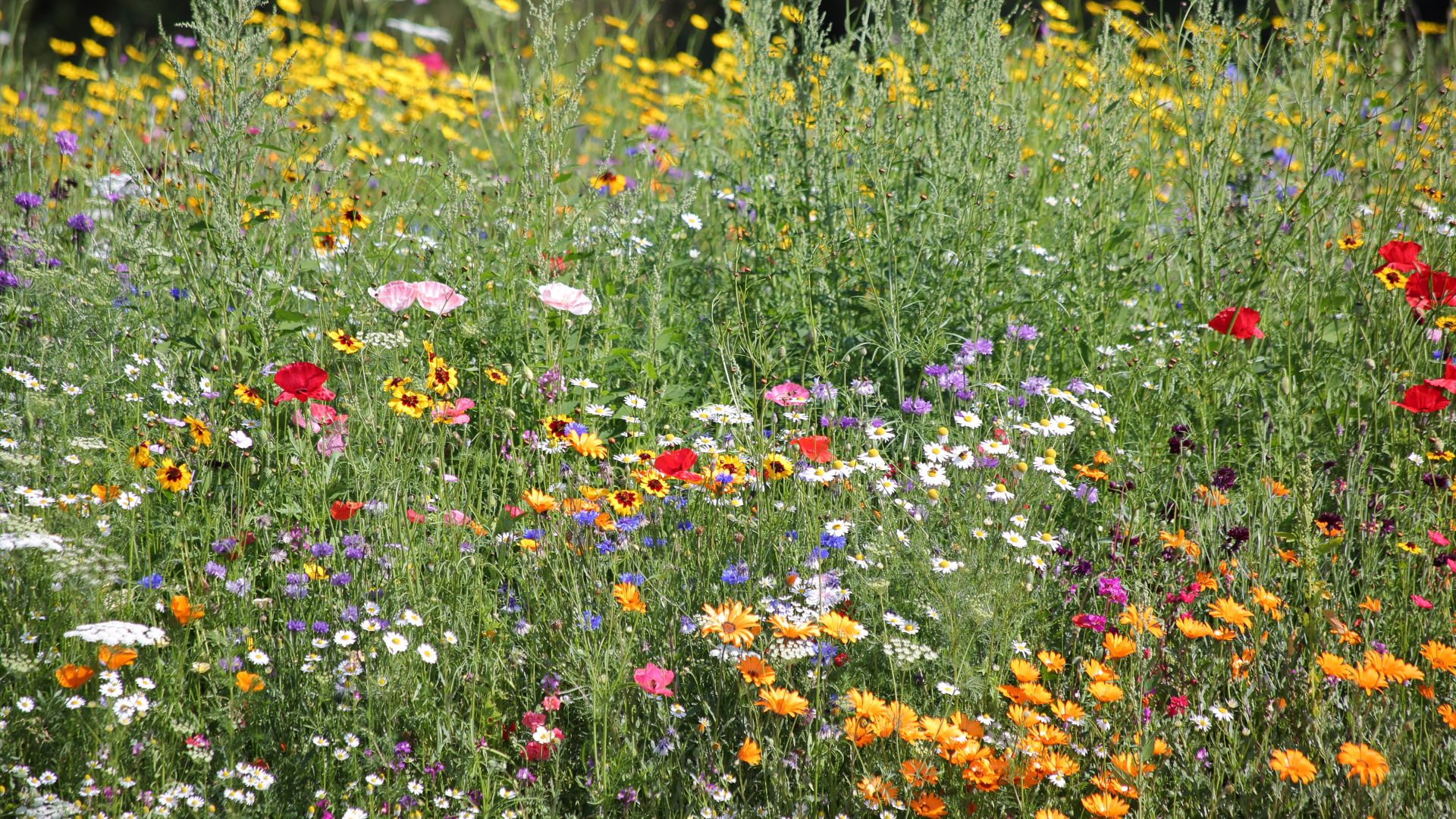
If you're looking for an easier and more affordable way to hit all the senses, then wildflowers are a fantastic choice for plants. For the same reason, rewilding is still a big trend; wildflowers give a lot, even though they don't need much maintenance.
“Planting wildflowers is one of the easiest and most rewarding ways to create a sensory garden that’s not only beautiful but buzzing with life - and sound," says Dr Emily Lambert.
“Wildflowers are brilliant at attracting all kinds of garden visitors, from busy bees and fluttering butterflies to chirpy birds and even the occasional rustling hedgehog. These natural sounds bring the garden to life, turning it into your very own open-air concert. There’s something incredibly joyful about sitting outside and listening to the gentle hum of pollinators or the cheerful calls of birds - it instantly lifts your mood and helps melt away the stresses of the day."
What are the calming colours for the garden?
Never underestimate the power of colour, especially in your sensory garden. In the same way, there are happy colours that suit every room of your home, there are certain hues that will invoke positive feelings in your garden too.
"Colour has a big impact on mood, so choosing calming tones is essential for a sensory garden. Soft creams, pale blues and gentle greens work well to create a soothing atmosphere. Pastel shades are best; don’t choose anything too bright or overwhelming," explains David.
He adds, "At Bowood, we’ve used these tones in two wildflower areas within the Walled Garden, helping the space feel restorative, especially during the warmer months.”
Now that you know how to create a sensory garden, you can go forth and reap the benefits.
"Enjoy the physical perks of gardening, soak up some vitamin D from the sunlight, and find relaxation and mood enhancement through a rich sensory experience," says Sean.







